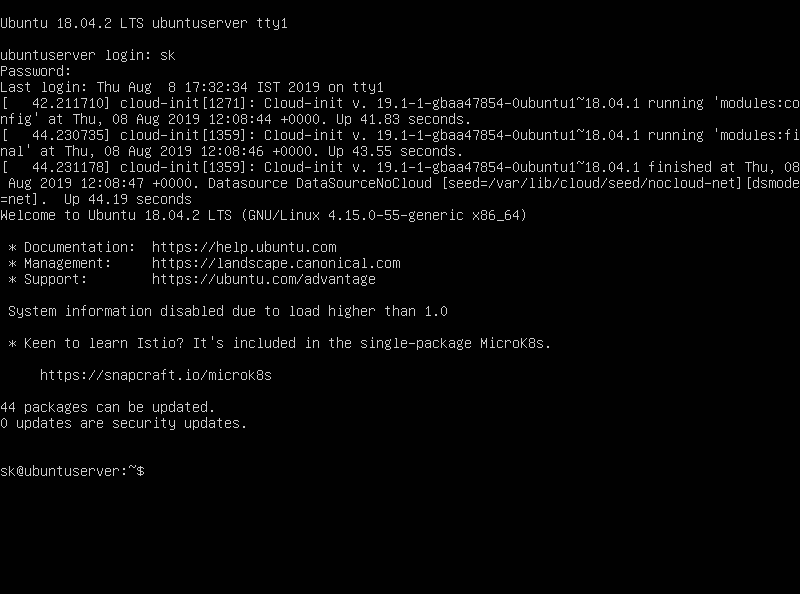

It's not a different app, it's still the same conhost.exe with different settings! You'll notice it has the same menus as cmd.exe. If you open Powershell, you'll notice that the window is blue. Next: This may be the case for the Command Prompt, but why does Powershell's window look different? cmd.exe (the shell) and conhost.exe (the terminal GUI) works the same way. A terminal window in Linux will run Bash, and will close the window when Bash exits. In Linux terms: Think of cmd.exe like the Bash shell. You'll see this open in the same Windows console host window that ping.exe opened. 💡 Try this: Go to Win + R and run cmd.exe. This includes the Windows Command Prompt, or cmd.exe-which is a CLI app, just like ping.exe! 👇 Next: Let's see how the Windows Command Prompt works.Īll CLI apps open in conhost.exe.

ping.exe runs on conhost.exe in the same way /usr/bin/ping runs inside Xterm. It's a graphical UI that shows terminal output. In Linux terms: Think of conhost.exe as a terminal emulator, like XTerm might be for Linux. Ping.exe is running alongside the conhost.exe GUI.

Many devs use Ubuntu as their Linux distribution in WSL. To be specific, they're command-line apps, just like git or vim. Linux distributions are available as apps. A full guide to installing WSL is available from Microsoft. but from the Microsoft Store (think: Windows's version of the Mac App Store). To get Linux working on Windows, you first need to install Linux. But what is it, exactly? Is it an emulation layer like Wine? Is it a VM like VirtualBox? Is it dual-booting like Boot Camp? It's none of the above-it's something pretty unique and hard to explain. You can now run Linux apps on Windows thanks to a feature called Windows Subsystem for Linux ("WSL" for short).


 0 kommentar(er)
0 kommentar(er)
